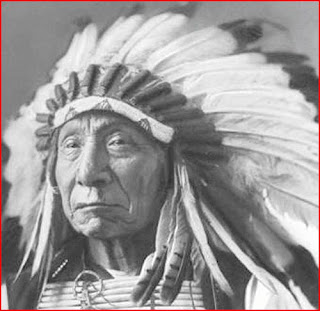We left the Forks of the Ohio (future home of Pittsburgh) and followed the Ohio River west. Our first stop with the French village called Logstown. Two years prior, the French had built 30 or so log cabins (hence the name Logstown) at this site to act as a trade village with the local Indians.
Shawnee Indians Claimed They Owned Ohio Country
When we arrived in 1749 the local Shawnee Indians claimed that they owned the Ohio Country and they would continue to trade with the English. This pissed Céloron off and after a heated argument we got back down our canoes and headed west down the Ohio River.
We continue the long journey down the Ohio River until we arrived at the Indian village of Pickawillany. Pickawillany was located about 70 miles north of modern Cincinnati on the Miami River.
In Pickawillany we met an old Miami Chief who was called “Old Briton.” Old Briton received this nickname due to the fact that he seemed to favor trading with the British. It was Celerons goal to re-establish exclusive trade with the Miami Indians.
Miami Chief "Old Briton"
The negotiations went poorly. Old Briton claimed he was tired of being screwed by price gouging from the French. He claimed the British offered much better deals.
Celeron got red in the face and screamed that Old Briton would face “dire consequences” if he did not stop trading with the English. At this point Celeron turned to us and said, “Fuck this, we are going home back to Montreal”.



















